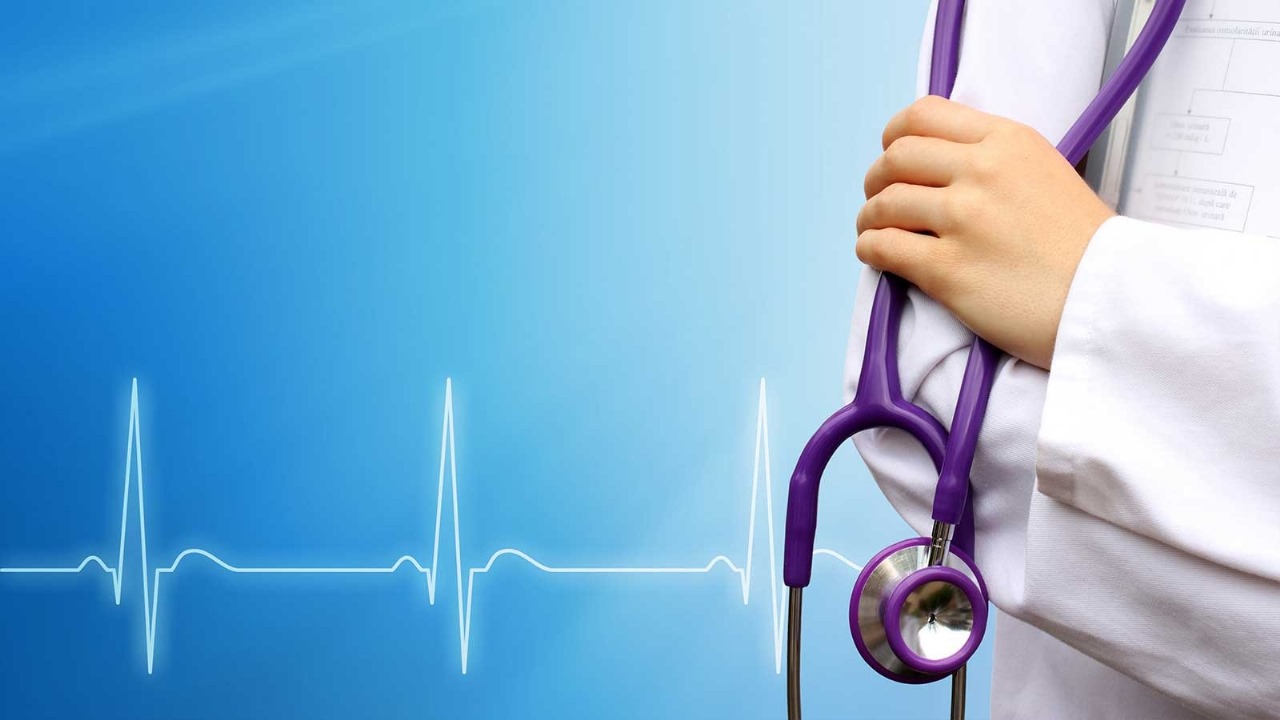Introduction to Patient Monitoring
Patient monitoring plays a critical role in modern healthcare, helping clinicians track the health status of patients in real time. Effective Patient monitoring allows healthcare providers to detect early signs of complications, adjust treatments promptly, and ensure patients recover safely. Hospitals implementing advanced patient monitoring strategies have reported significant reductions in readmissions, improved patient outcomes, and enhanced overall quality of care. By leveraging patient monitoring technology, healthcare providers can maintain continuous oversight of patients, both during hospitalization and after discharge.
Importance of Patient Monitoring in Healthcare
Patient monitoring is essential for identifying potential health risks before they escalate into serious conditions. Continuous monitoring of vital signs such as heart rate, blood pressure, oxygen levels, and respiratory rate allows for proactive interventions. This proactive approach is particularly beneficial for high-risk patients, including the elderly, those with chronic illnesses, or patients recently discharged from hospitals. With patient monitoring, clinicians can tailor care plans according to real-time data, ultimately reducing hospital readmissions and promoting quicker recovery.
Types of Patient Monitoring Systems
There are various patient monitoring systems that healthcare providers can use to reduce readmissions. Continuous patient monitoring devices track vital signs and alert clinicians to abnormalities. Remote patient monitoring tools allow healthcare teams to supervise patients at home, minimizing unnecessary hospital visits. Wearable monitors, mobile applications, and telehealth platforms further enhance patient monitoring by providing real-time insights and automated alerts. These systems collectively improve patient engagement, adherence to treatment plans, and timely interventions, reducing the likelihood of complications and readmissions.
Benefits of Patient Monitoring for Reducing Readmissions
One of the primary benefits of patient monitoring is its ability to reduce hospital readmissions. With continuous observation, clinicians can detect early warning signs, intervene promptly, and prevent deterioration. Patient monitoring also enables better coordination between hospital teams and primary care providers, ensuring follow-up care is consistent and effective. Studies have shown that patients enrolled in comprehensive patient monitoring programs experience fewer emergency visits and lower rates of readmission. Additionally, patient monitoring fosters patient education and engagement, as individuals become more aware of their health conditions and can respond to alerts or advice from their healthcare providers.
Patient Monitoring in Chronic Disease Management
Chronic conditions such as heart failure, diabetes, and COPD often contribute to high readmission rates. Implementing patient monitoring for chronic disease management allows clinicians to track disease progression, adjust medications, and detect exacerbations early. Remote patient monitoring devices enable patients to record vital signs at home, which healthcare providers can analyze for trends. This ongoing observation ensures timely intervention, reducing hospital readmissions and improving long-term patient outcomes. Patient monitoring also promotes adherence to treatment plans and lifestyle recommendations, which is crucial for managing chronic illnesses effectively.
Role of Technology in Patient Monitoring
Advanced technology has transformed patient monitoring from traditional bedside observation to sophisticated digital systems. Telemedicine platforms, wearable devices, and AI-powered analytics have made patient monitoring more efficient and accurate. These technological tools allow healthcare providers to predict health events, personalize care, and respond faster to changes in a patient’s condition. By integrating technology into patient monitoring, hospitals can reduce readmissions, lower healthcare costs, and enhance patient satisfaction.
Strategies for Effective Patient Monitoring
To maximize the benefits of patient monitoring, healthcare providers should implement a structured approach. First, identifying high-risk patients ensures that monitoring resources are prioritized effectively. Second, combining in-hospital and remote patient monitoring provides seamless care transitions. Third, training staff to interpret patient monitoring data accurately and act promptly is essential. Finally, engaging patients in their own monitoring encourages adherence and empowers them to participate actively in their healthcare journey. A well-executed patient monitoring strategy reduces readmissions and improves overall health outcomes.
Patient Monitoring and Post-Discharge Care
Effective patient monitoring extends beyond hospital walls, playing a vital role in post-discharge care. Patients who receive continuous monitoring after leaving the hospital are less likely to experience complications that lead to readmissions. Remote patient monitoring platforms allow healthcare teams to track symptoms, vital signs, and medication adherence. Alerts generated from these systems enable timely interventions, ensuring that patients recover safely at home. By integrating patient monitoring into post-discharge care plans, hospitals can reduce readmissions, enhance patient safety, and provide higher quality care.
Conclusion
Patient monitoring is an essential component of modern healthcare that directly contributes to reducing hospital readmissions. By employing continuous observation, remote monitoring, and advanced technological tools, healthcare providers can detect early warning signs, intervene promptly, and manage chronic conditions effectively. Implementing a structured patient monitoring strategy improves patient outcomes, reduces healthcare costs, and promotes safer transitions from hospital to home. As patient monitoring continues to evolve, its role in preventing readmissions and enhancing healthcare quality becomes increasingly significant.



